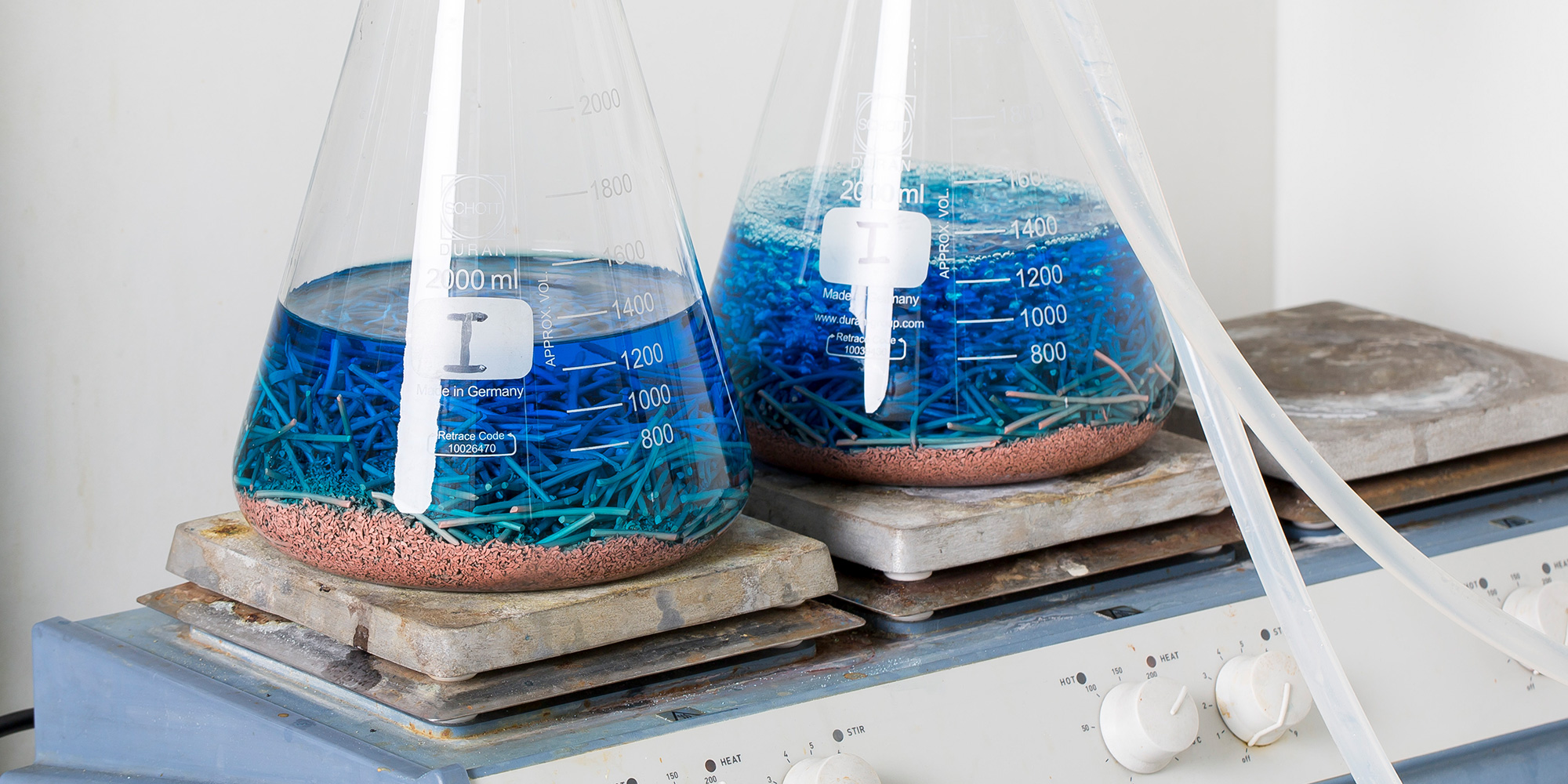DIN 50908 Stress Corrosion Testing of Metals
The DIN 50908 standard is a comprehensive method used to evaluate how metals react under conditions where stress and corrosive environments interact. This testing protocol is crucial in the oil & gas sector, ensuring that materials used in pipelines and equipment can withstand harsh conditions without failure. Stress corrosion cracking (SCC) can lead to unexpected failures, which are particularly dangerous in industries like oil & gas where safety and reliability are paramount.
The test involves subjecting a metal specimen to a tensile stress while simultaneously exposing it to an aggressive environment that promotes corrosion. The goal is to observe the initiation and propagation of cracks under these conditions. This testing method helps identify materials prone to SCC, allowing manufacturers and engineers to select more appropriate alloys or apply protective coatings.
The DIN 50908 test can be applied to various metals used in oil & gas applications, such as carbon steel, stainless steel, nickel-based alloys, and titanium. Each material has its unique response to stress and corrosive environments, making this testing protocol essential for ensuring the integrity of materials across different components.
Key aspects of the test include:
- Selection of appropriate environmental conditions (e.g., chloride solutions)
- Application of tensile stress through various methods
- Monitoring crack formation and propagation using non-destructive testing techniques
- Analysis of specimens post-test to determine the presence, location, and extent of cracks
The test is particularly important for materials used in offshore platforms, subsea pipelines, and other equipment exposed to saltwater environments. These conditions can accelerate corrosion rates, leading to premature failure if not properly tested.
| Environmental Condition | Type of Stress Applied | Crack Initiation |
|---|---|---|
| Saltwater or Chloride Solutions | Tensile Stress | Surface Cracks |
| Oxygenated Media | Biaxial Tension | Deep Internal Cracks |
The testing process requires precise control of environmental factors and stress levels. Compliance with the DIN 50908 standard ensures that materials meet stringent quality requirements, reducing the risk of costly failures in operational settings.
In summary, DIN 50908 stress corrosion testing is a critical tool for ensuring the longevity and reliability of metal components used in oil & gas applications. By identifying materials susceptible to SCC, this testing method helps prevent failures that could result in significant financial loss or safety hazards.
Why It Matters
The integrity of materials is crucial in the oil & gas industry where equipment and infrastructure are exposed to harsh environmental conditions. Stress corrosion cracking (SCC) can occur when metals are subjected to tensile stress and aggressive environments, leading to unexpected failures that can be catastrophic.
For quality managers and compliance officers, adhering to standards like DIN 50908 ensures that materials meet the highest safety and performance standards. This testing method helps identify potential weaknesses in material selection or design, allowing for corrective actions before they lead to operational issues.
R&D engineers benefit from this test by gaining insights into how different alloys perform under specific conditions. By understanding SCC mechanisms, they can innovate new materials or coatings that enhance resistance against environmental factors.
Procurement teams also find value in DIN 50908 stress corrosion testing as it provides a basis for selecting reliable suppliers who adhere to stringent quality control measures. This ensures that the components used are not only cost-effective but also dependable, reducing maintenance costs and downtime.
In essence, this testing method is vital for maintaining safety standards, optimizing material performance, and ensuring long-term reliability in oil & gas operations.
Applied Standards
| Standard Number | Title | Description |
|---|---|---|
| DIN 50908:2014-06 | Stress-corrosion testing of metals in chloride-containing environments, tensile stressed, part 3: Test procedure for the determination of crack initiation and propagation | This standard outlines the procedures to test metal specimens subjected to stress and chlorides. It provides detailed steps on how to set up the test environment, apply stress, and monitor crack formation. |
| ASTM G36-18 | Standard Practice for Evaluating Stress-Corrosion Cracking of Metallic Materials in a Chloride Environment | This ASTM standard complements DIN 50908 by offering additional guidance on the testing procedure, especially focusing on chloride environments. It is widely used alongside DIN standards. |
The combination of these international and national standards ensures that the testing process is consistent, reliable, and comparable across different jurisdictions and industries.
Customer Impact and Satisfaction
- Enhanced Safety: By ensuring that materials are resistant to stress corrosion cracking, this test significantly reduces the risk of failures leading to accidents or environmental contamination.
- Improved Product Quality: Compliance with DIN 50908 helps manufacturers produce high-quality products that meet strict industry standards.
- Cost Savings: Early identification of material weaknesses through testing can prevent costly repairs and replacements, leading to long-term savings for businesses.
- Increased Customer Trust: Demonstrating adherence to rigorous testing protocols builds confidence in the reliability and safety of products.
Customers, including oil & gas companies, benefit greatly from this service by receiving materials that are proven to withstand harsh environments without compromising performance. This enhances their reputation for quality and reliability in the market.





